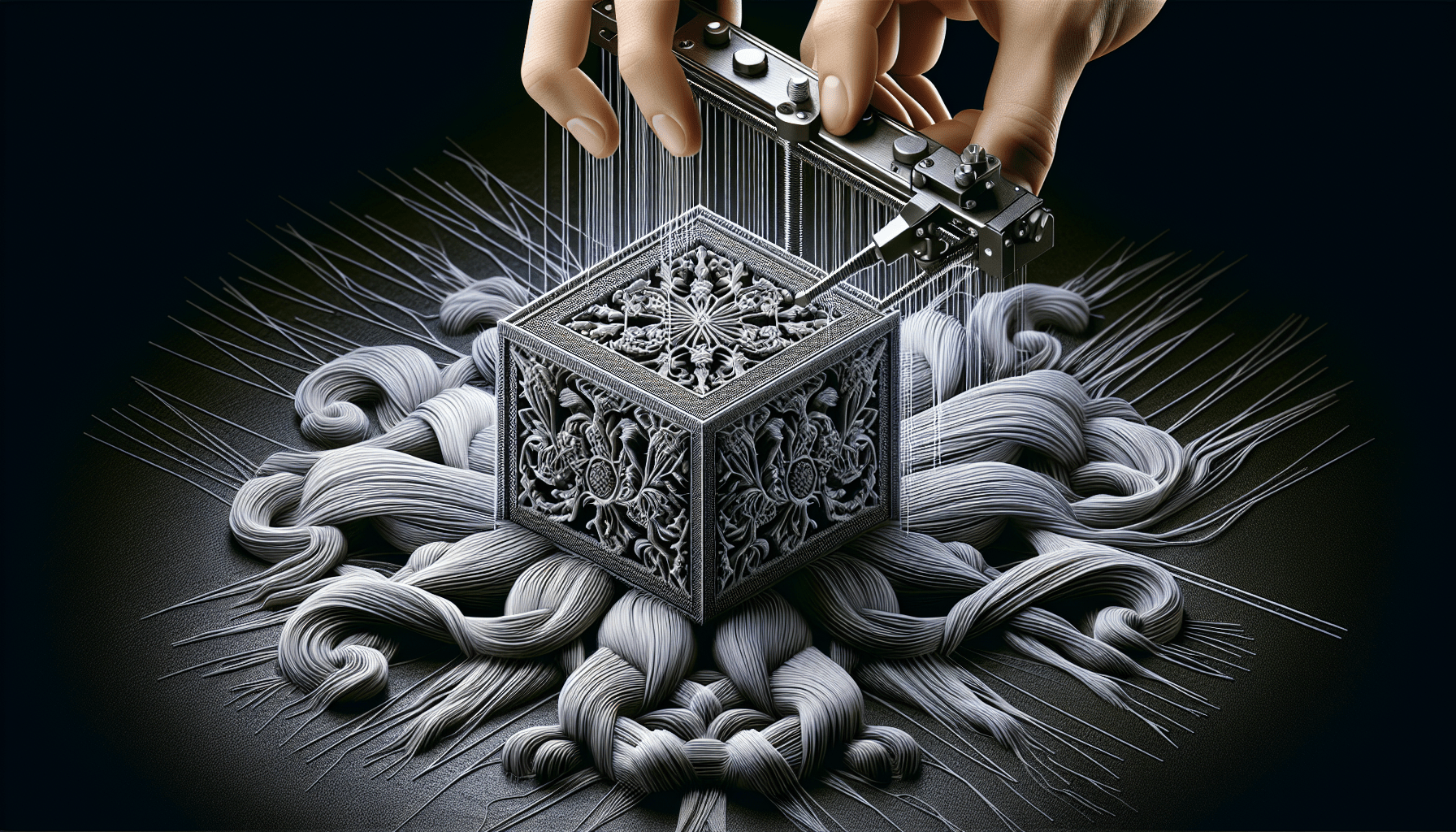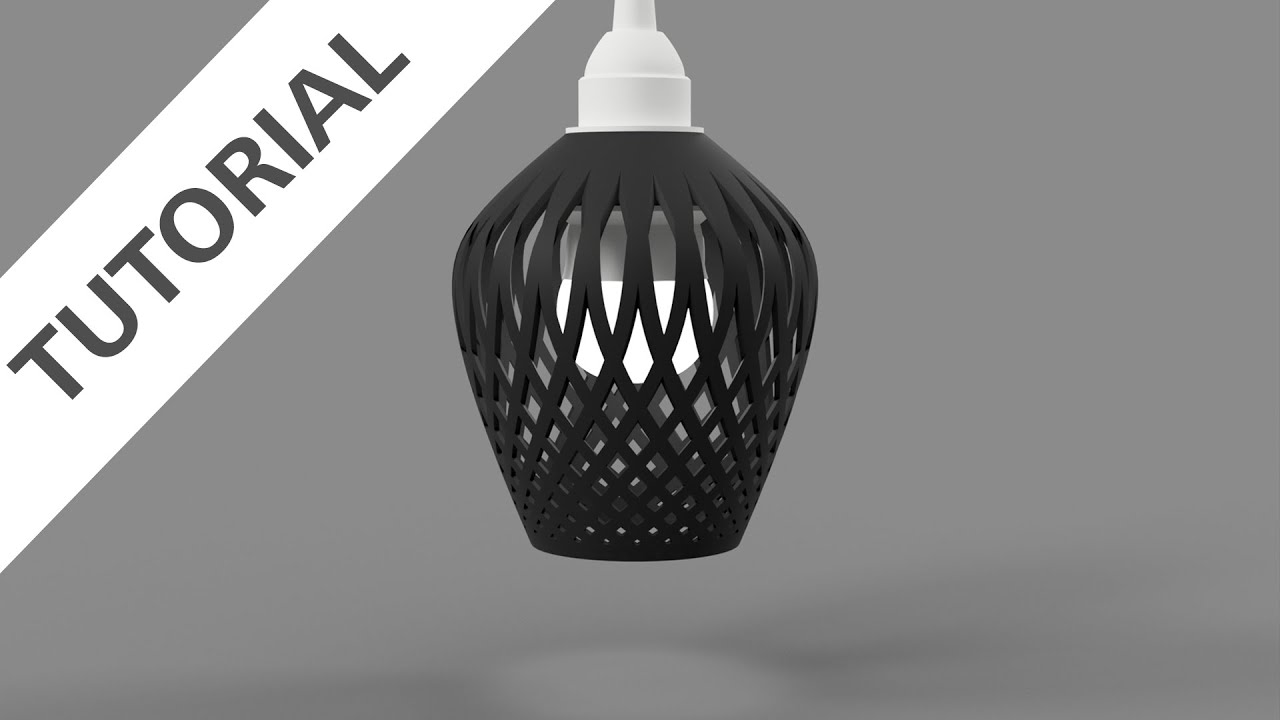In this tutorial by Thin Air 3D, you will be guided through the process of 3D modeling a box with threads for 3D printing. The main focus of the tutorial is to teach you how to implement 3D printable threads into your models using Fusion 360 software. The tutorial provides step-by-step instructions and emphasizes a beginner-friendly approach. It also offers a quick version of the tutorial for those with prior experience. The video includes information on changing units and preferences in Fusion 360, demonstrates the process of creating a 3D printable thread pattern, adjusting thread pitch, visualizing the thread pattern using section analysis, and optimizing the design for 3D printing. The tutorial concludes with a successful print and encourages feedback and suggestions for future tutorials.
Jacob from Thin Air 3D starts off the tutorial by explaining how they will guide you through designing basic threads for 3D printing using Fusion 360. He introduces the idea of creating a travel-sized container for cotton swabs as an example and mentions that you can either follow along to make the same box or learn the necessary information to design your own box with threads. Jacob provides clear instructions and walks you through the process, from setting up units in Fusion 360 to creating sketches, extruding, hollowing out the box, and adding threads. He also mentions that the video includes some editing to show the final result, and he invites feedback and suggestions for future content.
Tutorial: How To 3D Model A Box With Threads For 3D Printing
Welcome to this step-by-step tutorial on how to 3D model a box with threads for 3D printing! In this tutorial, we will be using Fusion 360 software to create a small cotton swab box with 3D printed threads. The main purpose of this tutorial is to teach you how to implement 3D printable threads into your 3D models. This technique is one of the quickest and easiest ways to create threads, making it perfect for beginners.
Before we dive into the tutorial, let’s take a moment to ensure that you have the necessary software. Fusion 360 is the preferred software for this tutorial, and if you don’t already have it, you can obtain a Hobbyist license for free. This tutorial is designed to accommodate users of all levels of experience, so don’t worry if you’re new to 3D modeling.

Using Fusion 360 Software
To begin, open Fusion 360 and save your file. Create a new sketch by left-clicking on “Create Sketch” and selecting the ground plane. This will help us orient ourselves better for printing later. Next, select “Center Diameter Circle” and click on the center to set the origin point. Drag the circle out and enter a diameter of 62 millimeters, as we will be modeling a cotton swab box of that size.
Adjusting the Thread Pitch
Now it’s time to adjust the thread pitch. Use the “Offset” command to offset the 62 millimeter circle by 3 millimeters. Repeat the offset command and offset the original circle by 5 millimeters. These offsets will help us create the thread pattern later on.
Visualizing the Thread Pattern
With the sketch complete, we can now extrude the sketch to create the box. Use the “Extrude” command to select the three profiles we created and drag downward to extrude the box to a height of 40 millimeters. Once the box is extruded, use the “Shell” command to hollow it out. Select the top face of the box and enter a value of 5 millimeters for the shell thickness.
To add the thread pattern, use the “Extrude” command again. Select the outermost profile and drag downward by 15 millimeters to create the threads. The outer lip of the box will be cut away to accommodate the threads. Right-click on the box and create a component from bodies to separate the box from the threads.
Adding Clearance to the Thread
To create the lid for our box, use the “Extrude” command and select all three profiles. Change the direction to two sides and enter a value of -15 millimeters to meet the box lip. Change the operation to a new component to create a separate lid component. Hollow out the lid using the “Shell” command and enter a value of 2 millimeters for the shell thickness. Add a chamfer to the top edge of the lid for aesthetic purposes.

Optimizing the Design for 3D Printing
Now that the box and lid are complete, it’s time to optimize the design for 3D printing. Make the box and lid components visible again and hide the threads. In Fusion 360, go to the “3D Print” workspace and select your preferred 3D printer. Adjust the print settings as needed, such as layer height and infill density, to optimize the design for 3D printing.
Exporting the Models
Once you’re satisfied with the design, it’s time to export the models for 3D printing. In Fusion 360, select the components you wish to export, right-click, and choose “Save As STL” or “Save as OBJ” to export the models in the desired file format. Save the files to your preferred location for easy access during the printing process.

Using a Slicer Software (Prusa Slicer)
With the models exported, it’s time to prepare them for printing using a slicer software. In this tutorial, we will be using Prusa Slicer, but you can use any slicer software that is compatible with your 3D printer. Import the exported STL or OBJ files into Prusa Slicer, adjust the slicing settings, and generate the G-code required for printing. Save the G-code file to an SD card or transfer it to your 3D printer via USB.
Testing and Final Print
Insert the SD card or connect your 3D printer to the computer, and load the G-code file to start the print. Monitor the print progress and ensure that the threads are printing correctly. Once the print is complete, carefully remove the printed parts from the printer bed, clean off any support material, and assemble the box and lid. Test the threads by screwing the lid onto the box, ensuring a secure fit.
Encouraging Feedback and Suggestions for Future Tutorials
Congratulations on successfully 3D modeling a box with threads for 3D printing! I hope this tutorial has been helpful and that you are now confident in using Fusion 360 to create your own 3D printable threads. If you have any questions, feedback, or suggestions for future tutorials, please do not hesitate to reach out. I am always open to hearing from my viewers and improving the content I create. Stay tuned for more exciting tutorials and happy 3D printing!
Thank you for following along with this tutorial by Thin Air 3D. For more tutorials and updates, you can visit our website, check out our Etsy store for 3D printed products, and follow us on Instagram at @thinair3d. Stay tuned for more Fusion 360 tutorials, 3D modeling tips, and 3D printing adventures!
This tutorial will guide you step-by-step on how to 3D model a small cotton swab box with 3D printing threads using Fusion 360. The main objective of this tutorial is to teach you how to incorporate 3D printable threads into your 3D models. In my opinion, this technique is one of the quickest and easiest ways to create threads. If you already have some experience and don’t want to model the entire box, I also have a shorter version of this video that focuses only on the thread part. You can watch it here: Quick Tutorial on Adding Threads
If you have any questions or comments, please feel free to reach out to me. I would appreciate any feedback! Additionally, if there’s anything else you’d like to see me 3D model in either Fusion 360 or Blender, let me know and I’ll see if I can make it happen!
For more information, you can visit my website: Thin Aircraft Works
Check out my Etsy shop: ThinAirCraftWorks
Follow me on Instagram: @thinair3d











